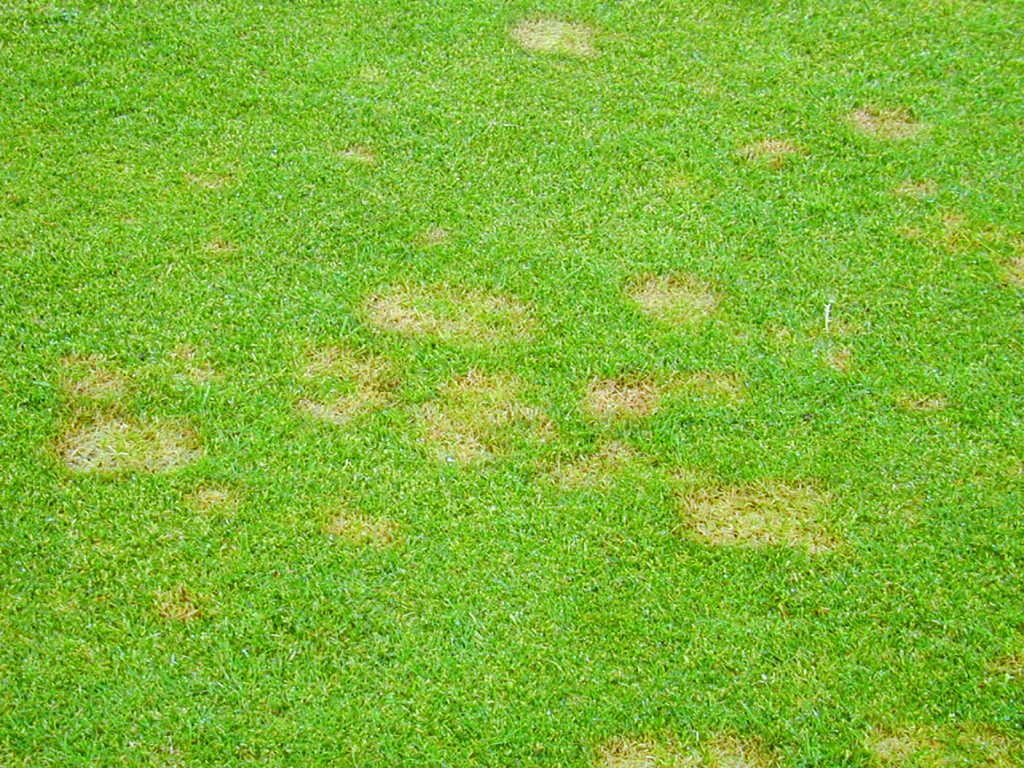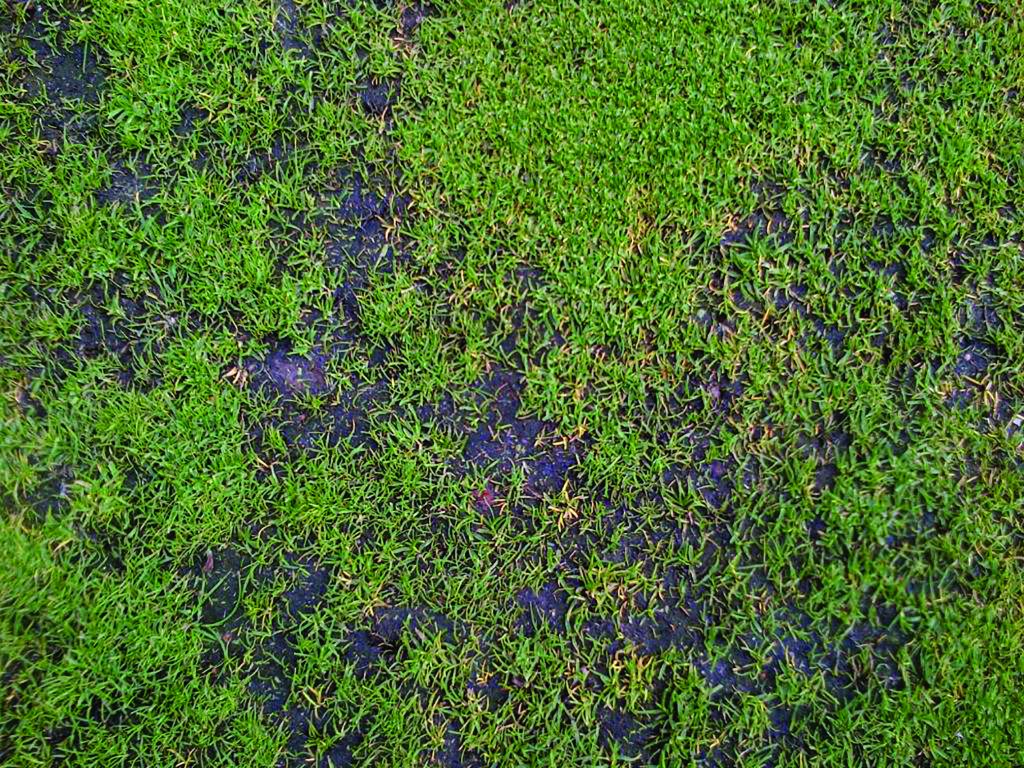The need for limits in the pursuit of green speed
Related Articles
Agronomist Conor Nolan highlights some of the challenges facing turf managers.

The situation sometimes goes a bit like this: Mowing heights are set below 3mm (using a triplex or walk-behind mower) for the main season to deliver daily speeds of 10 feet or more. Where greater speeds are demanded, rolling is added in.
Suddenly a warm, humid spell arrives and you get a dose of anthracnose disease. The outbreak is worst in green locations with compromised air movement and shade, and often to smaller greens where traffic is more concentrated. The sward type will be poa annua dominant because of the traditionally low heights with the presence of any fine grass decreasing as the environment worsens.
Because of the unsightly thinning and effect on ball roll, an application of fungicide is made to stop the disease in its tracks with mixed results experienced. Additional nitrogen fertiliser, often quite heavy, is then applied to bring about recovery.
Greens slow immediately with complaints from players of bumpiness, poor aesthetics and lack of speed. More rolling is introduced to compensate for the drop off in playing quality, which has a detrimental effect on the aprons while any fine grasses present on greens come under severe pressure.
Recovery from the above is often slow; not helped by persistent rolling and low mowing heights.
Eventually, recovery occurs in the autumn, sometimes with more poa annua than before. Fusarium patch disease incidence increases in the early autumn with the added nitrogen input necessary to achieve recovery while silvery thread moss population gains a foothold over the damper months where weakness was present for longer periods.
Low winter heights of cut worsen the situation and force chemical use where permitted to control the moss. Because of the low heights of cut, integration of sand top dressing is more difficult. Retention of moisture near the surface is more likely then, which only favours conditions for moss spread, especially in a wet autumn through spring. One of the outcomes after a season of turmoil is a costly high input preventative programme of fungicide application for the following year which delivers some success but doesn’t guarantee it.

Fusarium (microdochium) patch disease
Speed limits
While there are many causes of anthracnose disease such as excessive dryness, shallow rooting, poorer profile management, low nitrogen and difficult environmental conditions, the demand for speed through low heights of cut and rolling for extended periods is likely to be the trigger for worst activity.
If you can accept a main season daily target speed range of eight and a half to nine feet instead, not only will the risk of anthracnose disease activity be reduced but the opportunity to promote the finer grasses of bents and fescues increases greatly.
Needless to say, bents and fescues are not affected by anthracnose disease, don’t produce seedheads and are less vulnerable to fusarium patch disease activity.
Because of often severe restrictions on the availability of plant protection products in countries such as Belgium, Denmark, Germany and Holland, there has been a more urgent realisation that the promotion of better grass types is required.
The consistency and quality of ball roll is more easily achieved with the promotion of bents and fescues. More and more turf managers on these islands have realised too that the promotion of these better grasses, facilitated in part by accepting moderate but somewhat slower green speeds, makes for a more manageable day-to-day situation in the face of ever-changing weather conditions that affect performance and turf health.

Anthracnose disease
Slow down
The World Health Organisation in 2017 suggested that speed contributes to one in three road traffic deaths worldwide.
It reported that a five per cent cut in average speed can result in a 30 per cent reduction in the number of fatal road crashes.
Thankfully, the speed we are concerned with is not fatal but it can place a lot of stress on turf managers to meet excessive demands.
The point is to recognise the need for speed limits and the benefit of some reduction. Accepting less demanding speed targets is likely to deliver a more stable quality of life for both the turf and the manager.
Finally, Staffordshire Safer Roads Partnership succinctly identifies the benefits of reducing speed, by saying:
Driving that bit slower will:
- Give more time to spot the problems
- Give more time to react
- Give more space to stop in
- Cost us less in fuel
- Help reduce pollution
- Help reduce stress levels
- Give a better chance of survival to anyone we hit!
Turf managers can well identify with the above. My advice: move out of the fast lane for a safer and more predictable journey.
Conor Nolan is a senior agronomist at the STRI

























